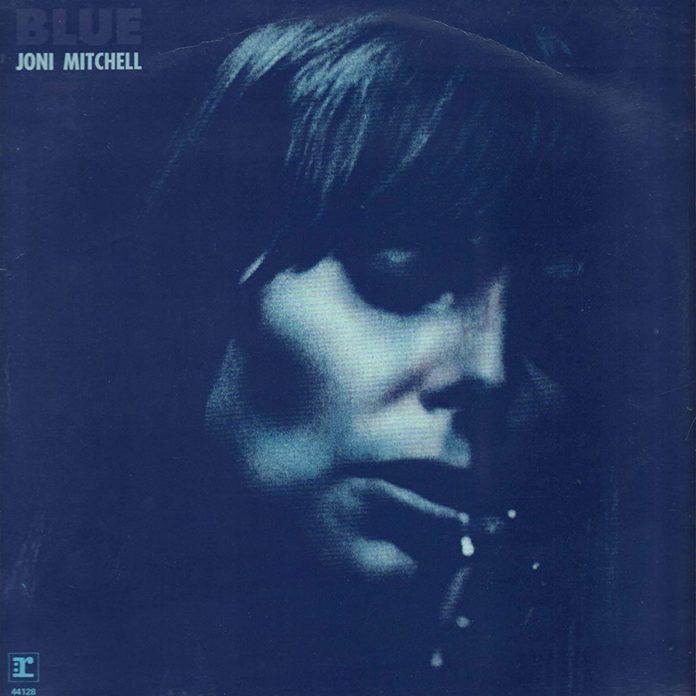Joni Mitchell’s Blue is a musical gem, a raw and beautifully honest album that has stood the test of time since its release in 1971. Considered one of the greatest albums of all time, it’s packed with emotional depth, soulful melodies, and timeless stories. But how much do you really know about Blue? Let’s dive into five fun facts about this iconic album that’ll have you listening with fresh ears.
1. It Was Written During a Heartbreaking European Adventure
In 1970, after a breakup with fellow musician Graham Nash, Joni Mitchell decided to hit the road. She traveled to Europe, where she found both inspiration and heartbreak. Her adventures on the island of Crete, among other places, gave rise to some of Blue’s most beloved tracks, like “Carey” and “California.” Her European soul-searching journey made the album as raw and reflective as it is — talk about turning travel into art.
2. “Little Green” Was a Deeply Personal Song About Her Daughter
One of the most touching songs on Blue is “Little Green,” but what you might not know is that it’s about the daughter Joni Mitchell gave up for adoption in 1965. She kept the song under wraps for years, only releasing it on Blue. The lyrics are subtle yet heartbreaking, revealing the personal pain that Mitchell was willing to share with the world. It wasn’t until decades later that her daughter was reunited with her – a real-life full-circle moment.
3. James Taylor Wasn’t Just a Love Interest — He Played On the Album
While recording Blue, Mitchell was romantically involved with James Taylor, and their relationship deeply influenced the album. What many fans may not know is that Taylor actually played guitar on some of the tracks, including “A Case of You” and “California.” The warmth and intimacy in the music reflect not just Joni’s heartache but also the complexities of their relationship.
4. It Almost Included Two Completely Different Songs
Blue could have sounded a lot different! Originally, Joni Mitchell had planned to include two older songs, “Urge for Going” and “Hunter (The Good Samaritan),” but she swapped them out at the last minute. Instead, she added “All I Want” and “The Last Time I Saw Richard,” making Blue even more cohesive in its exploration of love, loss, and self-reflection. You can still hear those cut tracks on later releases, but Blue wouldn’t be the same without the last-minute changes.
5. It Redefined What a “Confessional” Album Could Be
Before Blue, artists didn’t typically wear their hearts on their sleeves quite this openly. The album set a new standard for what a confessional singer-songwriter album could be — brutally honest and emotionally transparent. Joni Mitchell herself once said the album made her feel like “a cellophane wrapper on a pack of cigarettes,” fully exposed to the world. Critics and artists alike have praised her vulnerability ever since, with legends like Prince and Taylor Swift citing Blue as a major influence.







